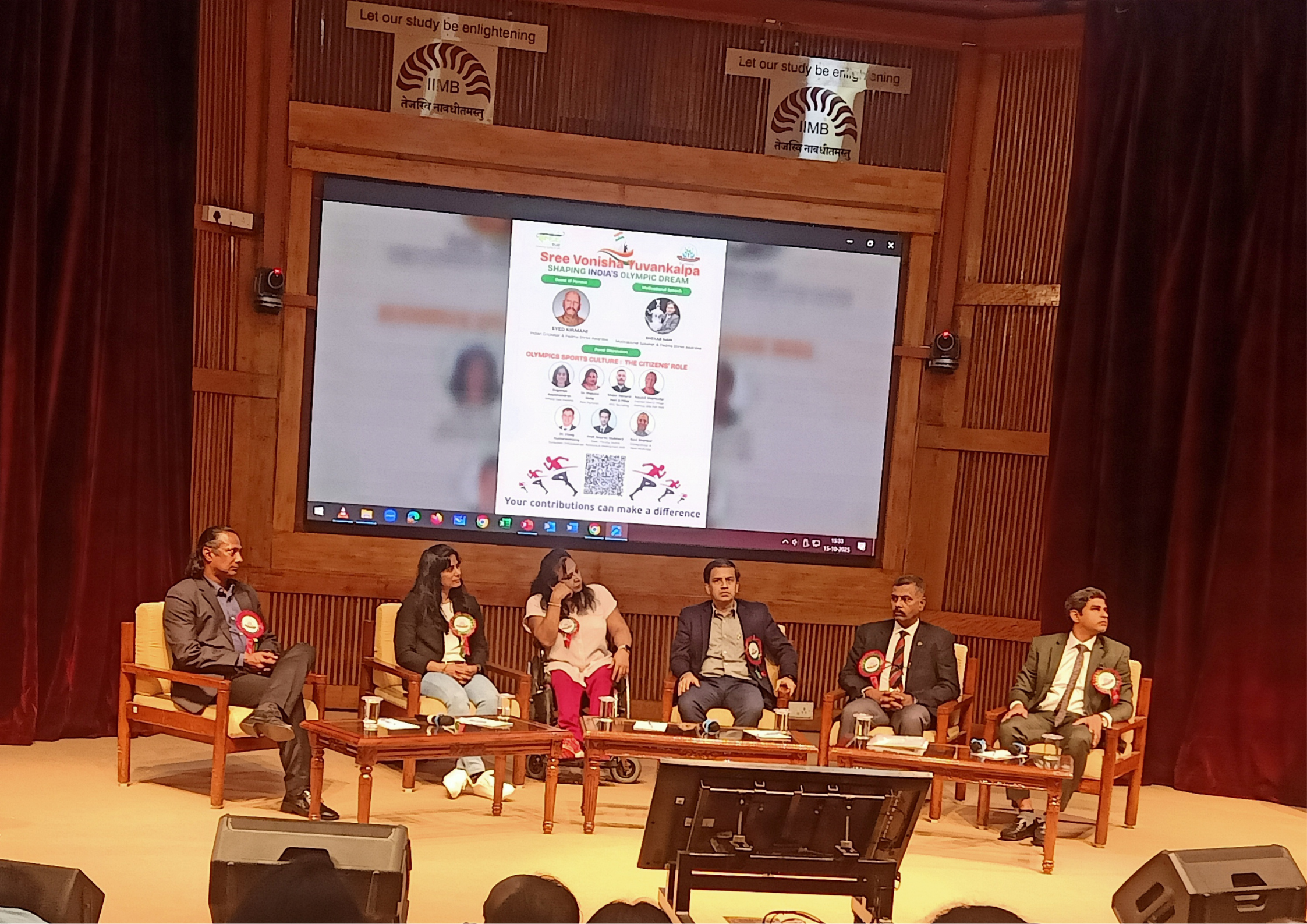Inside ‘Startup India’: How the Flagship Initiative Is Empowering Entrepreneurs

When Prime Minister Narendra Modi announced Startup India on January 16, 2016, it wasn’t just a policy launch — it was a national mindset shift. India, long known for producing global CEOs and engineering talent, was finally declaring its intent to become a nation of job creators rather than job seekers. Nearly a decade later, the initiative has evolved into a powerful catalyst shaping India’s entrepreneurial story.
A New Era of Entrepreneurship
Before 2016, the word “startup” in India was more of a buzzword than a defined ecosystem. Founders often struggled with the basic foundations — registering a company, accessing capital, and finding mentorship. Bureaucracy was a significant hurdle, and funding was a privilege limited to a few metro-based entrepreneurs.
Startup India was designed to remove those structural barriers. Built on three main pillars — simplification, funding support, and industry-academia partnership — it aimed to make entrepreneurship easier, faster, and more accessible.
Simplifying the Startup Journey
The government’s first major breakthrough came through Startup India Hub, a one-stop online platform where founders could register, connect with incubators, and access resources. Earlier, startup registration involved nearly 12 separate clearances; now, it could be done in days.
According to the Department for Promotion of Industry and Internal Trade (DPIIT), over 120,000 startups have been recognized as of mid-2025 — up from just a few hundred in 2016. These startups now span across 56 sectors, including agriculture, fintech, education, and renewable energy.
But the real impact of simplification lies beyond numbers. By digitizing processes, removing regulatory redundancies, and easing compliance norms, the initiative allowed young entrepreneurs to focus on innovation rather than paperwork.
Fueling Dreams with Funding
Money, as every founder knows, is oxygen for growth. Recognizing this, the government launched the Fund of Funds for Startups (FFS), managed by SIDBI. Instead of directly funding startups, the FFS strategically invests in SEBI-registered venture funds — creating a multiplier effect across the ecosystem.
By 2025, over ₹9,500 crore has already been committed to 100+ venture funds, which in turn have supported more than 900 startups. This structure encouraged professional fund management while allowing public capital to reach private innovators efficiently.
Another crucial development came with Startup India Seed Fund Scheme (SISFS) launched in 2021, targeting early-stage founders who often struggle with pre-revenue funding. With a corpus of ₹945 crore, it provided capital for prototype development, proof of concept, and market entry. These seed grants have been instrumental in helping founders cross the dreaded “valley of death” — the stage between idea and investable product.
Fostering an Ecosystem of Innovation
What differentiates Startup India from earlier government initiatives is its ecosystem approach. It doesn’t treat startups as isolated entities but as part of a larger innovation fabric — linking academia, industry, investors, and policymakers.
The government actively supports over 350 incubators and accelerators, many located within universities and research parks. Collaborations with premier institutions like IITs, IIMs, and NITs have led to the rise of innovation hubs across smaller cities — a significant step in democratizing entrepreneurship beyond metros.
In fact, the DPIIT’s data reveals that over 50% of recognized startups now originate from Tier-2 and Tier-3 cities — from Kochi to Indore, Jaipur to Guwahati. This decentralization is one of Startup India’s most transformative achievements, proving that innovation is not limited by geography.
Women Entrepreneurs Take the Lead
Perhaps the most inspiring byproduct of this movement has been the rise of women entrepreneurs. From Nykaa’s Falguni Nayar to Mamaearth’s Ghazal Alagh, female-led startups have become symbols of India’s evolving entrepreneurial landscape. According to the Startup India annual report, over 18% of recognized startups now have at least one woman founder.
Government initiatives such as Stand-Up India, Women Entrepreneurship Platform (WEP), and targeted funding under Mudra Yojana have provided the much-needed push. These programs have not only enabled access to capital but have also reshaped cultural attitudes toward women in business.
Building Global Champions
Startup India’s influence extends beyond domestic success. Indian startups today are competing globally — in sectors like fintech, edtech, healthtech, and deeptech. The rise of unicorns such as BYJU’S, Razorpay, Zerodha, and Meesho is a testament to the ecosystem’s maturity.
Moreover, the government has played an active role in international collaboration. Through Startup India International Summits and partnerships with countries like Japan, Singapore, and the UAE, Indian startups are gaining cross-border access to markets and investors.
A Data-Driven Future
Startup India’s policy framework is increasingly data-driven. Through DPIIT’s digital dashboard, policymakers can now track real-time growth metrics — from sectoral distribution to regional impact. This allows continuous policy calibration, ensuring that future initiatives are responsive to the ecosystem’s evolving needs.
In 2023, for instance, the government launched MAARG (Mentorship, Advisory, Assistance, Resilience, and Growth) — an AI-driven platform connecting founders with expert mentors across industries. Over 15,000 mentors and 80,000 startups have registered, creating one of the largest digital mentorship networks globally.
Challenges on the Horizon
Despite the progress, challenges remain. Founders still grapple with high compliance costs, limited risk appetite among Indian investors, and bureaucratic lag in fund disbursement. Moreover, startups in sectors like biotech and agriculture face unique regulatory complexities that generic policies don’t always address.
Another concern is the gap between policy and execution. While the vision of Startup India is robust, ground-level implementation — especially at state and district levels — varies widely. Strengthening local ecosystems, simplifying taxation for startups, and promoting domestic venture funds remain areas needing consistent policy attention.
Looking Ahead: From Policy to Practice
As India moves towards becoming a $5 trillion economy, startups will play an outsized role in employment generation and innovation-led growth. The next phase of Startup India must focus on three key directions:
- Policy Customization – State-specific startup policies should align with local industry strengths — e.g., agritech in Punjab, textiles in Tamil Nadu, clean energy in Gujarat.
- Sustainable Innovation – Encourage startups in climate tech, waste management, and green manufacturing through fiscal incentives.
- Global Integration – Build cross-border accelerators to help Indian startups expand globally without relocating.
Conclusion
Nine years since its inception, Startup India stands not just as a government initiative but as a movement. It has redefined ambition for an entire generation of entrepreneurs — from small-town innovators to global-scale founders.
The success of Startup India lies not merely in the number of unicorns it produces but in the confidence it instills — that India can build world-class products, create millions of jobs, and innovate for humanity at scale.
In many ways, Startup India didn’t just create startups; it created a startup nation.




